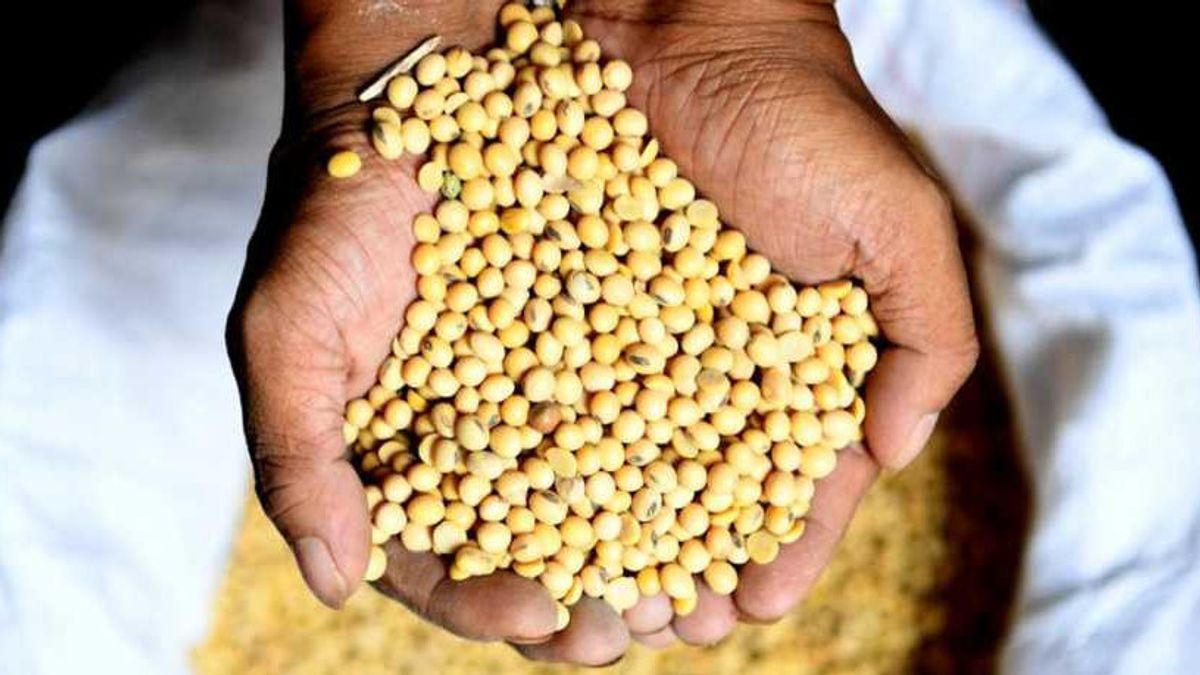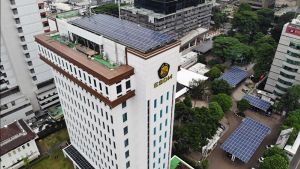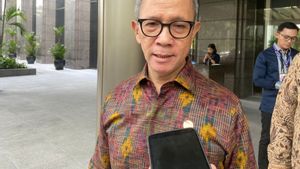JAKARTA - Soybean is one of the popular food sources besides rice and corn. The need for this vegetable protein-producing food commodity continues to increase every year. This is in line with population growth and the need for raw materials for processed industries such as tofu, tempeh, soy sauce, and milk.
Observing this, the Ministry of Agriculture is making efforts to ensure the availability of soybeans primarily to meet household consumption needs through the facilitation of the development of 52 thousand hectares of land spread across 16 regions this year. One of them is in Grobogan Regency, Central Java.
Director of Various Nuts and Bulbs at the Ministry of Agriculture, Yuris Tiyanto, said the 16 soybean development areas included South Sulawesi, North Sumatra, Lampung, West Java, East Java, Banten, East Nusa Tenggara, Riau, Jambi, DI Yogyakarta, Central Java, Bali, South Kalimantan, Central Sulawesi, Southeast Sulawesi, and West Sulawesi.
Yuris invited the off-taker role as a financing avalist. By cooperating with off-takers, Yuris said, it is possible to become a guarantor of KUR financing and at the same time marketing soybean farmers' products.
"We continue to encourage farmers to return to planting soybeans in existing soybean production centers. We hope that productivity can increase," he said, quoted on Saturday, February 26.
Meanwhile, Grobogan was chosen to be one of the national soybean centers in Central Java. This is based on continuous selection.
Head of the Grobogan Agriculture Service, Sunanto, said that the results of the continuous selection resulted in the Grobogan variety. So, the Grobogan variety is not the result of breeding but from the selection of varietal purification.
"This took a long time to produce national superior varieties," said Sunanto.
According to him, Grobogan soybeans have several advantages, namely that they are not GMO soybeans, non-GMO. Then the potential for high production, reaching 3.2 tons per hectare. In fact, Grobogan once produced 3 tons of soybeans per hectare.
"Another advantage is the high protein content of Grobogan soybeans, reaching 43 percent. In addition, the planting age is short, only 85 days. And when harvested, the leaves have fallen, making it easier to harvest so that the pods are dry," he said.
SEE ALSO:
So far, according to Sunanto, most of the Grobogan soybean harvest is used as seed, the rest is absorbed by DIY and West Java (Sumedang) which have been using Grobogan soybeans as a source of processed food.
Advantages of growing soybeans
According to Sunanto, the benefits of growing soybeans are not lower than growing rice or corn. The results of the business analysis conducted by the Grobogan Agriculture Service show that if calculated daily, soybean farmers' income is IDR 152 thousand per day with farming inputs per hectare only IDR 5 million.
Meanwhile, paddy per day is approximately IDR 143,500 and corn is IDR 127 thousand per day, with each input of farming business being an average of IDR 15 million per hectare.
"We know that it takes 110 days for corn, 115 days for rice, and 85 days for soybeans. So if, for example, income is divided by the time of planting, soybeans are actually the most profitable," he said.
However, Sunanto emphasized that the obstacle that makes farmers reluctant to plant soybeans is the price. Therefore, the key to farmers wanting to plant soybeans is a guarantee of price certainty.
"The key to getting farmers excited about growing soybeans and getting profits is to guarantee price certainty," he said.
The English, Chinese, Japanese, Arabic, and French versions are automatically generated by the AI. So there may still be inaccuracies in translating, please always see Indonesian as our main language. (system supported by DigitalSiber.id)
















